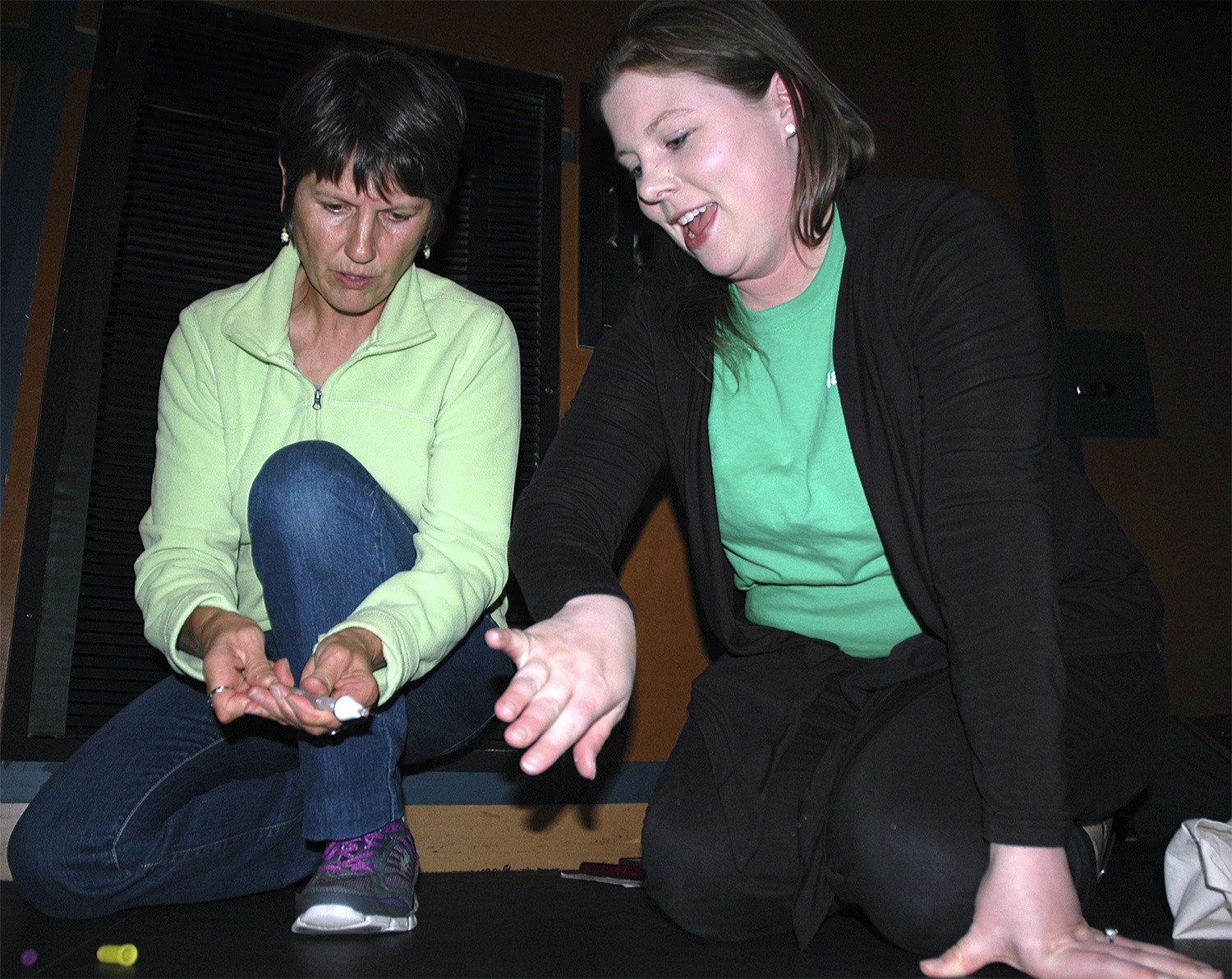ARLINGTON — Arlington schools have tackled drug and alcohol abuse through a community-wide approach, but district officials admit there are gaps that need to be filled.
In addition to Arlington High School hosting a school resource officer, as well as roughly biannual presentations by the Arlington Drug Awareness Coalition in the Byrnes Performing Arts Center, the district also provides drug awareness units during its fifth-, seventh- and ninth-grade health classes.
Assistant superintendent Diane Kirchner-Scott credited individual schools with taking the lead on drug awareness through student-run programs during “Red Ribbon” week in October, and singled out Will Nelson, principal of Weston High School.
“Our students have tied red ribbons to our fence and launched red balloons, all to raise awareness of these issues,” Nelson said. “It’s organized by our leadership students, and gives all our students a sense of participation and belonging.”
Nelson credited Catholic Community Services with providing on-site drug and alcohol counseling, to which students may refer themselves at any time.
The counselors at Weston serve the entire district, and will conduct assessments for other schools.
“We have groups that meet here regularly in the afternoons, usually only two or three kids at a time,” Nelson said. “It’s not open to outsiders, and it’s kept relatively small and intimate, so that everyone in each group can really get to know one another.”
Eric DeJong, executive director of teaching and learning for the district, said time with counselors has been built into Arlington schools’ curricula.
“It’s not specifically limited to drug and alcohol abuse, but it helps bring out those issues if they’re there,” DeJong said.
Kirchner-Scott sees the district’s most valuable efforts stemming from its partnerships, with its SRO, with ADAC and with the new Arlington Community Resource Center.
“Because this is not solely a district issue, but a community issue,” Kirchner-Scott said. “We want to deal with this in a systematic, coordinated way, with as many resources as we can.”
DeJong explained how the procedure for dealing with drug and alcohol abuse among students necessarily enlists those outside partners.
After the testimony of witnesses is verified and probable cause is obtained, the suspected student is asked to empty their locker or backpack in the presence of adults.
“We then contact their parents, followed by the police,” DeJong said. “There are two parallel tracks, with the police dealing with it as a crime, and the school dealing with it as a disciplinary issue.”
The standard suspension for drugs or alcohol is 90 days, but that can be shorted to as little as six days if the student agrees to an assessment.
“That’s obviously a significant reduction, but we want to incentivize them getting that assessment,” DeJong said. “We provide the family with a list of establishments that can administer such assessments. We can’t just recommend one, because that would be unfair.”
Getting students back in school as soon as possible is intended to keep them under the district’s watchful eyes, and the length of follow-up depends upon the severity of the original offense.
Kirchner-Scott emphasized that the schools seek to work with the surrounding community to provide “360 degrees of support” for youths who are coping with drug and alcohol issues, but lamented the lack of resources that are available locally.
“When these kids need to be referred to treatment options, there aren’t any in Arlington,” Kirchner-Scott said. “There aren’t any openings or beds.”
Nelson concluded: “I feel really passionate about doing whatever I can to help my kids. This district wants its students to succeed in school and in life. I hate to see any of them falling into addiction without advocating for them.”






